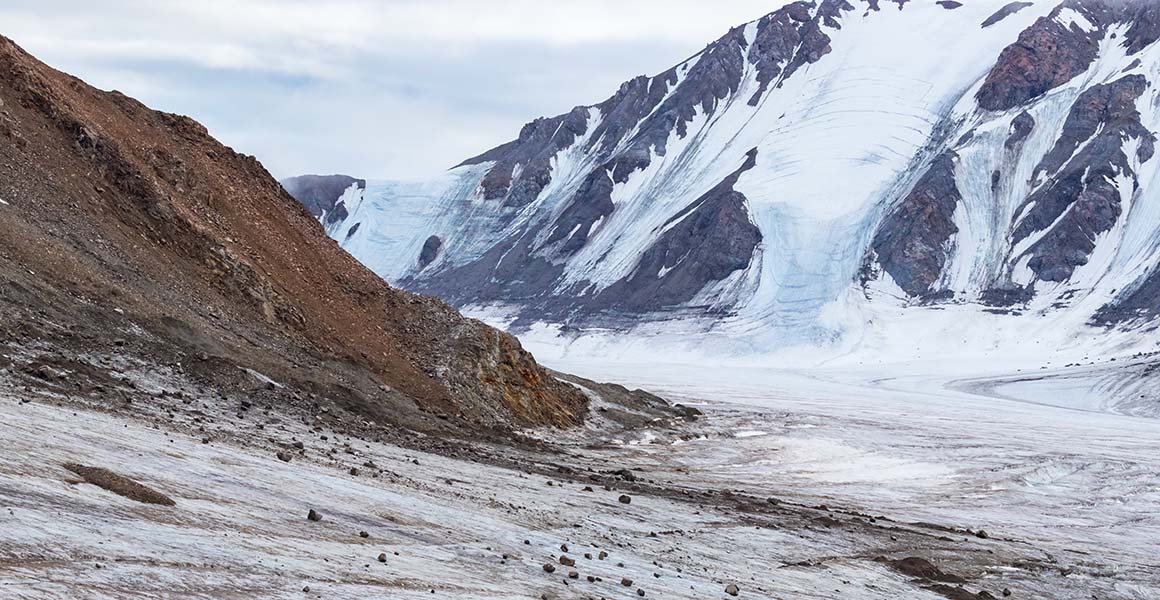Project aims and methods
Cyanobacteria can be found in aquatic, terrestrial and marine environments worldwide, and they have shaped Earth’s biogeochemical cycles and biodiversity for billions of years.
However, they are especially successful in extreme habitats such as permanently cold glacier environments, due their striking array of apparent adaptation mechanisms to withstand the extreme conditions including freezing, extreme light conditions as well as limited nutrient availability.
Glaciers are dominating feature of the polar regions and alpine environments and affected by climate warming. Cyanobacteria can be found in abundance in small sediment pockets in the ice that are called cryoconite holes and are important primary producers and drivers of food-webs.
However, their biogeographic distribution, genomic basis for their metabolic capacity and adaptation mechanisms to permanently cold environments are not well understood yet. The aim of the project is therefore to carry out genome sequencing of established glacier cyanobacteria collection and isolate new cyanobacteria strains as well as genome-assembled metagenomic analysis of uncultured cyanobacteria communities from polar environments.
Laboratory experiments will enable to study the physiological response to extreme conditions in particular temperature and light. The project will provide training in molecular techniques, bioinformatics, and high throughput sequencing, microbial ecology as well as laboratory manipulation experiments


.png)